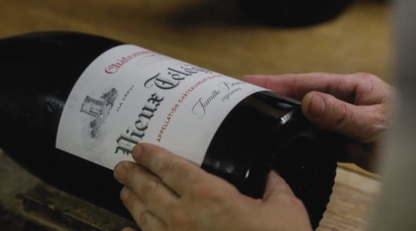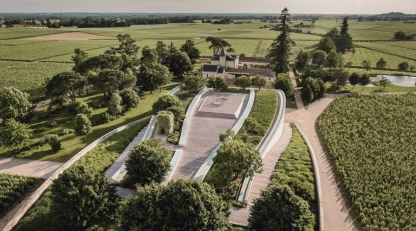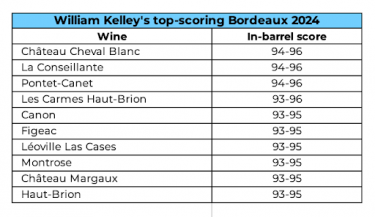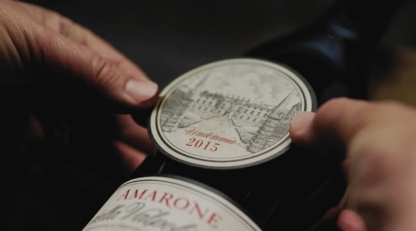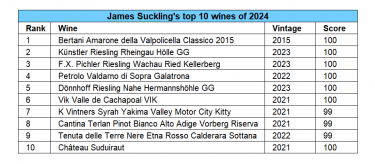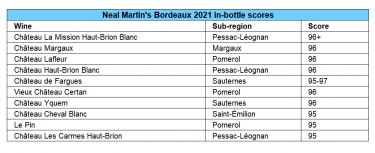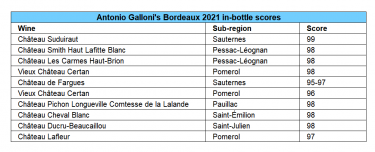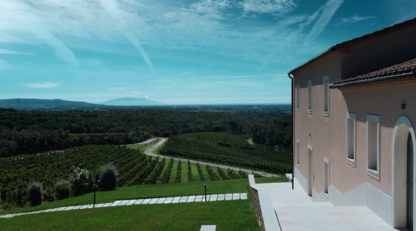- Despite a broader market correction, some fine wines have risen over 10% year-to-date.
- The top-performers are united by their strong value proposition.
- The 2024 En Primeur is all about momentum and timing, given the mixed quality and the availability of well-priced older vintages.
Despite a broader market correction – with the Liv-ex 1000 index declining 2.1% year-to-date – select fine wines have demonstrated remarkable resilience. A closer look at Q1’s top performers reveals a diverse spread across key wine regions: Bordeaux, Piedmont, the Rhône, and Burgundy.
The best performing wines

The best performing wine was Vieux Telegraphe La Crau Rouge 2021, which surged 22.7%. The long-term trajectory of the brand has been upwards, with a 54% rise in value over the past decade.
The second spot was taken up by Pichon Baron 2013 with a 22.6% rise. Often overlooked due to the vintage’s cooler weather, it now stands out for its relative value and strong long-term potential. Over the past ten years, the brand’s prices have climbed by 58% on average.
From the Northern Rhône, Guigal’s La Landonne secured two spots on the leaderboard: the 2012 vintage rose 11.1%, while the 2014 – 10.6%. Across the past decade, the La La wines have appreciated by 47%, affirming their iconic status among Rhône collectors.
From Barolo, the 2001 Bruno Giacosa Serralunga d’Alba made the top ten with a 21.2% rise, showcasing continued demand for aged, cellar-ready Nebbiolo from one of Piedmont’s most revered producers.
Regional trends: pressure persists
While these individual wines bucked the trend, broader regional indices tell a more sobering story. Both Burgundy and Bordeaux, the primary pillars of the fine wine market, fell by 2.9% in Q1. Even regions that showed resilience – such as the Rhône, which rose 1.1% in March – remain down overall for the quarter.
This pattern underscores the current investor mindset: cautious, value-driven, and increasingly selective.
2024 En Primeur: momentum and timing
The 2024 Bordeaux En Primeur campaign has landed in challenging terrain. With the market in retreat and the specter of new U.S. tariffs, producers have had no choice but to re-evaluate pricing strategies. The first releases came in below last year’s prices, and before critic scores were published.
While these adjustments reflect an awareness of the macroeconomic environment, price cuts alone don’t guarantee demand. Investors are weighing these new offers against older vintages available at comparable – or better – value.
The swift pace and early start of this year’s campaign echo the successful 2019 En Primeur release, which capitalised on momentum and timing. However, given the mixed vintage quality and volatile market, strategic selectivity is more essential than ever.
Looking for more? Read our Q1 2025 Fine Wine Report.
